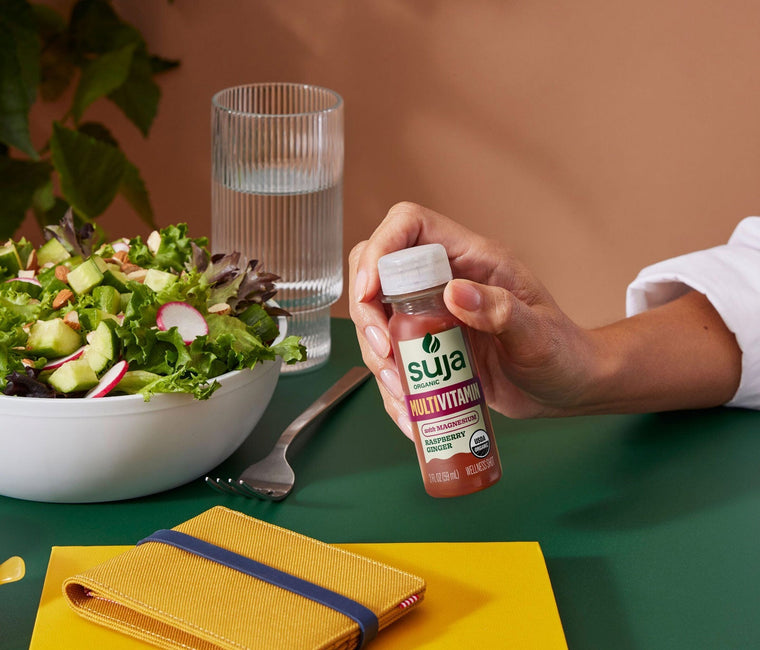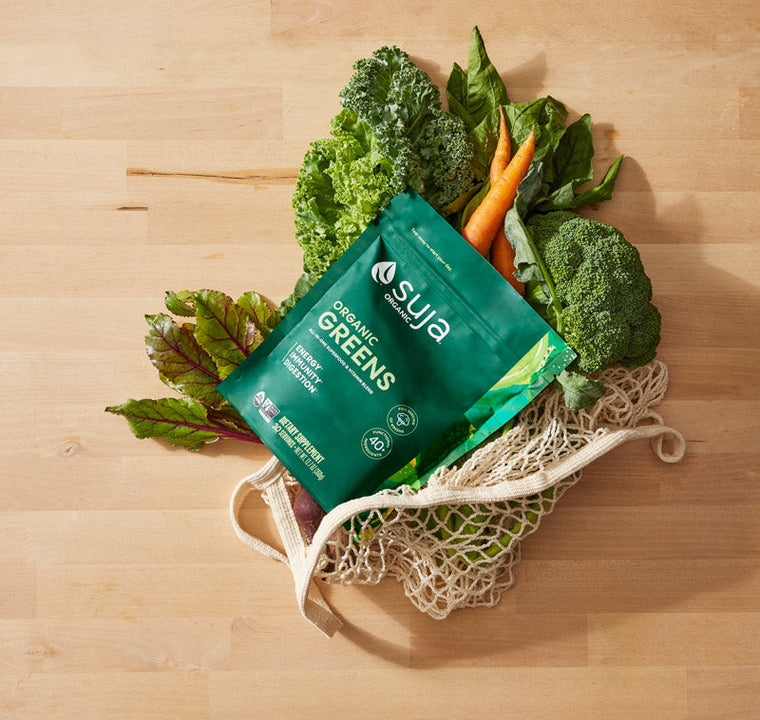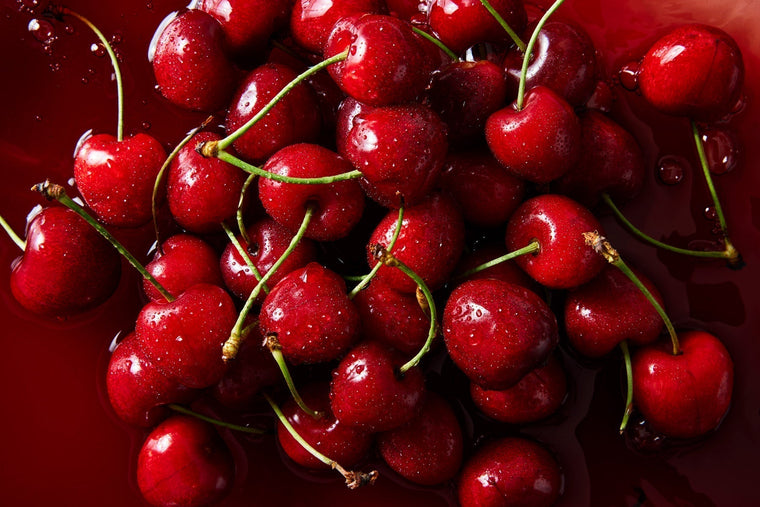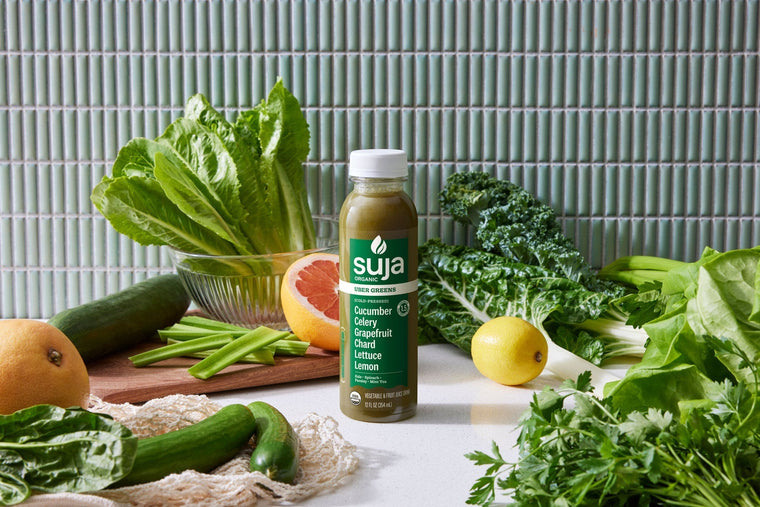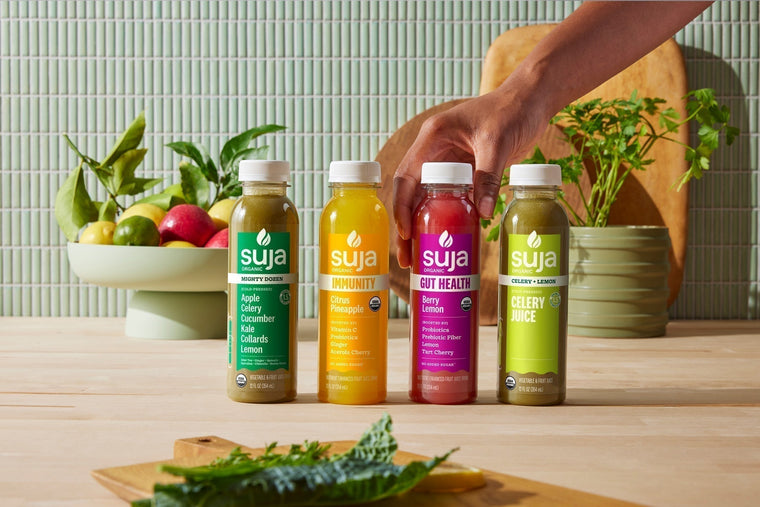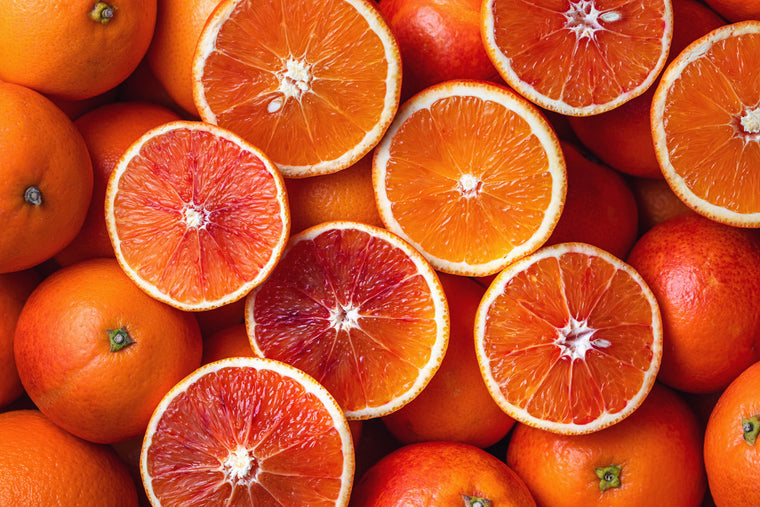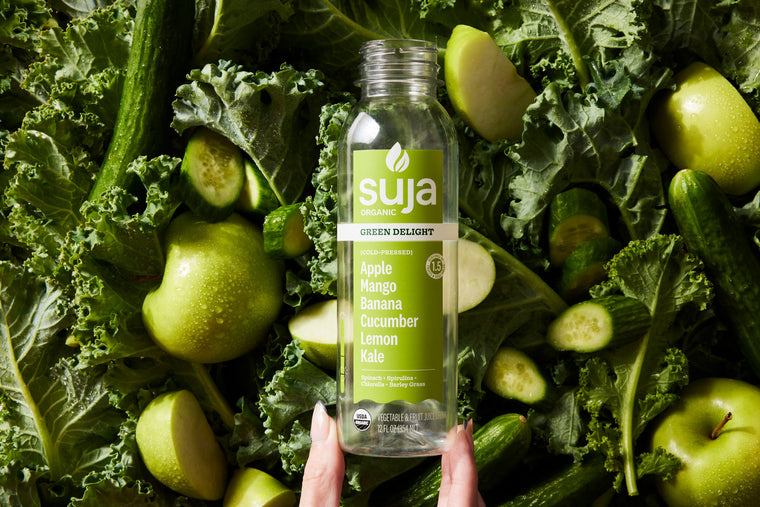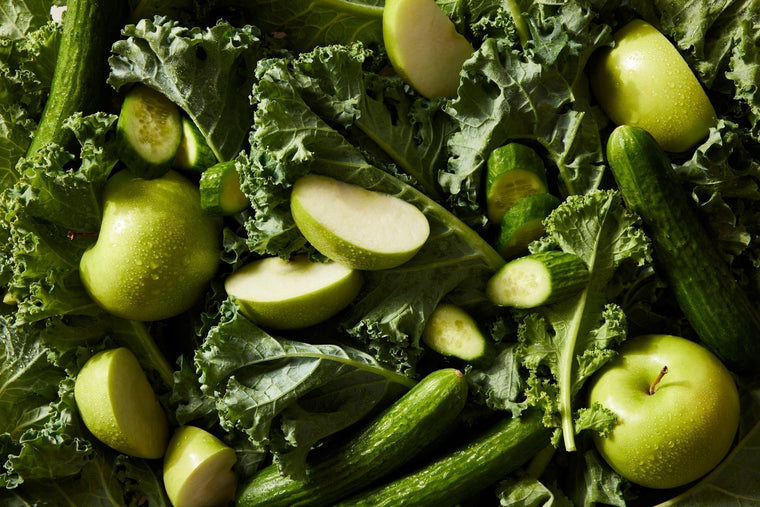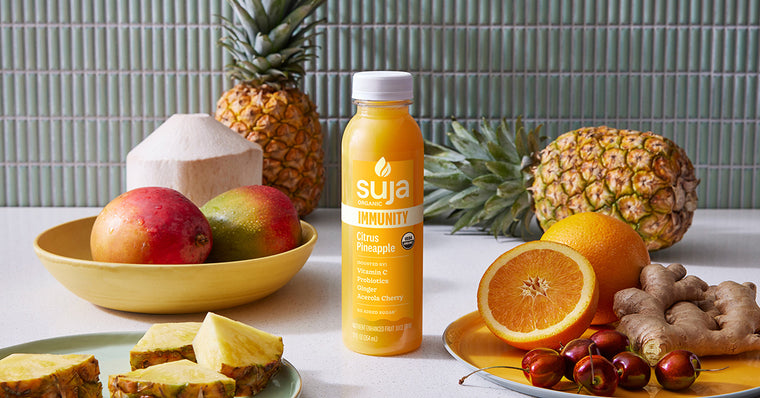 We’ve been hearing a lot about GMOs recently. Whole Foods Market vowed to pull any products that don’t label GMO ingredients by 2018, and GMO label legislation has been proposed in over 20 states over the past few years. But what exactly are GMOs? Should we be paying attention to whether or not our foods contain GMOs, and are they dangerous? To answer these questions, lets start at the beginning. GMO stands for “Genetically Modified Organism”. Organisms (plants, animals, etc.) that are called “GMO” have had their genetic material altered using genetic engineering. (1) Genetic engineering of organisms stems from a long lasting desire to breed the next generation of plants, animals, etc. as having the best chance at survival, the best taste, the best performance, the longest shelf life, etc. (I.e., the best genes). This process is called selective breeding and it can be traced back to 12,000 BC. The first time scientists used genetic engineering (the direct manipulation of genes) was in 1973. The process was commercialized in 1976, which is when GMOs started appearing on store shelves. The genetic makeup of a GMO often contains DNA from several different species, creating unique combinations of plant, animal, bacterial and viral genes that do not appear in traditional, manipulated organisms. (2) So what’s the big deal? Are GMOs something that should be on our radar? The answer to that question greatly depends on who you ask. But, if you are going to form an opinion on the matter, it’s best to be informed. So, here are the facts about GMOs – The United States is one of the few countries without GMO legislation, both in regard to production and labeling. More than 60 countries around the world have bans on the production and sale of GMOs. Companies that produce GMO crops argue that the genetic engineering of crops is necessary to create more food for our growing population, protect crops against drought and to enhance the crops nutritional content. These are also the same companies that produced studies telling the FDA that GMOs were safe for human consumption. (3) Unfortunately, the biotech industry has not yet been able to produce crops with the above benefits. At the moment, the vast majority of GMO crops have the sole purpose of withstanding large amounts of herbicides and insecticides, which would otherwise kill non-GMO versions of the same crop. Herbicides like Roundup have increased 15 times since GMOs were introduced and have provoked the emergence of “super bugs” and “super weeds”. Killing off these pests requires even more chemicals, on of which is 2,4 D, a major ingredient in Agent Orange and a known hazard to humans. Remember, these are not just chemicals that we come in contact with, these are chemicals that we would be ingesting through eating GMO crops treated with 2,4 D. (4) While a larger harvest is certainly beneficial to the farmer and to the growing population, we have already begun to see studies pointing to the dangerous effects of these chemicals in the American food supply and with their usage skyrocketing, it is not yet known what kind of effects this could have on the population. (5) What many people don’t realize is that at least 80% of the American food supply contains GMOs. According to the USDA, in 2011, 94% of soy, 90% of cotton, 90% of canola and 88% of corn were GMO. Soy, cotton (which we see in our food as cottonseed oil) and corn (high fructose corn syrup, vegetable oils, corn starch) are three of the most common ingredients in our food supply. Alfalfa, papaya, sugar beets, zucchini and other squash are some of the other common GMO crops. Not only do we eat these GMO crops directly but livestock including cows, pigs, poultry, etc. also eat feed containing large amounts of corn, soy and other GMO crops. As I mentioned previously, there are no laws in regard to labeling GMOs so many of us consume GMOs without ever realizing. While there has not yet been extensive, independent research on the effects of GMOs, many people chose to avoid them because their effects are unknown, or, simply because just like Organic products, many people choose not to consume foods altered in any way, shape or form. If you do decide that GMOs are something you want to avoid, the Non-GMO project is a non-profit organization that offers the country’s only third party verification and labeling for non-GMO products. The Non-GMO product seal is now used by over 2,200 brands. Also, many stores like Whole Foods have or will be implementing strict policies about labeling GMOs, which will make it easier for consumers to know what’s in the foods they buy. Imagine being able to walk into a store knowing that all of the products with GMOs will be labeled or that none of the products carried contain any GMOs whatsoever. (6) One last thing to mention is the difference between Organic and Non-GMO. If a product is Organic it means that it’s also Non-GMO. (6) However, the reverse is not true. If a product is Non-GMO it does not necessarily mean that it’s Organic. Visit this blog post to learn more about the difference. Those are the basics but there is a lot more to learn about GMOs. We encourage everyone to do some research themselves. What are everyones thoughts on the matter? Do you try and avoid GMOs? Do you not feel they are dangerous? Let us know! - Anya Kaats & Suja Juice SOURCES: 1. Key, S. (2010). Genetically modified plants and human health. Journal of Royal Society of Medicine, 101, 435-435. Retrieved from https://www.ncbi.nlm.nih.gov/pmc/articles/PMC2408621/ 2. Hayter, S. (2015). GENETICALLY MODIFIED ORGANISMS: THE FACTS. 10 Scientific Studies Proving GMOs Can Be Harmful to Human Health., 1-1. Retrieved from https://duval.ifas.ufl.edu/documents/GeneticallyModifiedOrganisms-2.pdf 3. Vogel, D., & Lynch, D. (2011, April 5). The Regulation of GMOs in Europe and the United States: A Case-Study of Contemporary European Regulatory Politics. Retrieved August 7, 2015, from https://www.cfr.org/agricultural-policy/regulation-gmos-europe-united-states-case-study-contemporary-european-regulatory-politics/p8688 4. Mercola, D. (2014, October 12). Herbicide & Insecticide Use on GMO Crops Is Skyrocketing. Retrieved from https://articles.mercola.com/sites/articles/archive/2014/10/12/herbicide-insecticide-gmo-crops.aspx 5. Elert, E. (2010, April 22). U.S. Food Still Tainted with Old Chemicals. Retrieved August 7, 2015, from https://www.scientificamerican.com/article/chemical-tainted-food/ 6. Westgate, M. (2015). The Non-GMO Project. Retrieved August 7, 2015, from https://www.nongmoproject.org
We’ve been hearing a lot about GMOs recently. Whole Foods Market vowed to pull any products that don’t label GMO ingredients by 2018, and GMO label legislation has been proposed in over 20 states over the past few years. But what exactly are GMOs? Should we be paying attention to whether or not our foods contain GMOs, and are they dangerous? To answer these questions, lets start at the beginning. GMO stands for “Genetically Modified Organism”. Organisms (plants, animals, etc.) that are called “GMO” have had their genetic material altered using genetic engineering. (1) Genetic engineering of organisms stems from a long lasting desire to breed the next generation of plants, animals, etc. as having the best chance at survival, the best taste, the best performance, the longest shelf life, etc. (I.e., the best genes). This process is called selective breeding and it can be traced back to 12,000 BC. The first time scientists used genetic engineering (the direct manipulation of genes) was in 1973. The process was commercialized in 1976, which is when GMOs started appearing on store shelves. The genetic makeup of a GMO often contains DNA from several different species, creating unique combinations of plant, animal, bacterial and viral genes that do not appear in traditional, manipulated organisms. (2) So what’s the big deal? Are GMOs something that should be on our radar? The answer to that question greatly depends on who you ask. But, if you are going to form an opinion on the matter, it’s best to be informed. So, here are the facts about GMOs – The United States is one of the few countries without GMO legislation, both in regard to production and labeling. More than 60 countries around the world have bans on the production and sale of GMOs. Companies that produce GMO crops argue that the genetic engineering of crops is necessary to create more food for our growing population, protect crops against drought and to enhance the crops nutritional content. These are also the same companies that produced studies telling the FDA that GMOs were safe for human consumption. (3) Unfortunately, the biotech industry has not yet been able to produce crops with the above benefits. At the moment, the vast majority of GMO crops have the sole purpose of withstanding large amounts of herbicides and insecticides, which would otherwise kill non-GMO versions of the same crop. Herbicides like Roundup have increased 15 times since GMOs were introduced and have provoked the emergence of “super bugs” and “super weeds”. Killing off these pests requires even more chemicals, on of which is 2,4 D, a major ingredient in Agent Orange and a known hazard to humans. Remember, these are not just chemicals that we come in contact with, these are chemicals that we would be ingesting through eating GMO crops treated with 2,4 D. (4) While a larger harvest is certainly beneficial to the farmer and to the growing population, we have already begun to see studies pointing to the dangerous effects of these chemicals in the American food supply and with their usage skyrocketing, it is not yet known what kind of effects this could have on the population. (5) What many people don’t realize is that at least 80% of the American food supply contains GMOs. According to the USDA, in 2011, 94% of soy, 90% of cotton, 90% of canola and 88% of corn were GMO. Soy, cotton (which we see in our food as cottonseed oil) and corn (high fructose corn syrup, vegetable oils, corn starch) are three of the most common ingredients in our food supply. Alfalfa, papaya, sugar beets, zucchini and other squash are some of the other common GMO crops. Not only do we eat these GMO crops directly but livestock including cows, pigs, poultry, etc. also eat feed containing large amounts of corn, soy and other GMO crops. As I mentioned previously, there are no laws in regard to labeling GMOs so many of us consume GMOs without ever realizing. While there has not yet been extensive, independent research on the effects of GMOs, many people chose to avoid them because their effects are unknown, or, simply because just like Organic products, many people choose not to consume foods altered in any way, shape or form. If you do decide that GMOs are something you want to avoid, the Non-GMO project is a non-profit organization that offers the country’s only third party verification and labeling for non-GMO products. The Non-GMO product seal is now used by over 2,200 brands. Also, many stores like Whole Foods have or will be implementing strict policies about labeling GMOs, which will make it easier for consumers to know what’s in the foods they buy. Imagine being able to walk into a store knowing that all of the products with GMOs will be labeled or that none of the products carried contain any GMOs whatsoever. (6) One last thing to mention is the difference between Organic and Non-GMO. If a product is Organic it means that it’s also Non-GMO. (6) However, the reverse is not true. If a product is Non-GMO it does not necessarily mean that it’s Organic. Visit this blog post to learn more about the difference. Those are the basics but there is a lot more to learn about GMOs. We encourage everyone to do some research themselves. What are everyones thoughts on the matter? Do you try and avoid GMOs? Do you not feel they are dangerous? Let us know! - Anya Kaats & Suja Juice SOURCES: 1. Key, S. (2010). Genetically modified plants and human health. Journal of Royal Society of Medicine, 101, 435-435. Retrieved from https://www.ncbi.nlm.nih.gov/pmc/articles/PMC2408621/ 2. Hayter, S. (2015). GENETICALLY MODIFIED ORGANISMS: THE FACTS. 10 Scientific Studies Proving GMOs Can Be Harmful to Human Health., 1-1. Retrieved from https://duval.ifas.ufl.edu/documents/GeneticallyModifiedOrganisms-2.pdf 3. Vogel, D., & Lynch, D. (2011, April 5). The Regulation of GMOs in Europe and the United States: A Case-Study of Contemporary European Regulatory Politics. Retrieved August 7, 2015, from https://www.cfr.org/agricultural-policy/regulation-gmos-europe-united-states-case-study-contemporary-european-regulatory-politics/p8688 4. Mercola, D. (2014, October 12). Herbicide & Insecticide Use on GMO Crops Is Skyrocketing. Retrieved from https://articles.mercola.com/sites/articles/archive/2014/10/12/herbicide-insecticide-gmo-crops.aspx 5. Elert, E. (2010, April 22). U.S. Food Still Tainted with Old Chemicals. Retrieved August 7, 2015, from https://www.scientificamerican.com/article/chemical-tainted-food/ 6. Westgate, M. (2015). The Non-GMO Project. Retrieved August 7, 2015, from https://www.nongmoproject.orgGet to Know GMO's
Published October 09, 2014• By Anya Kaats

Recent blog posts
Read more recipes, lifestyle tips, and nutrition advice and more from our Suja experts.
